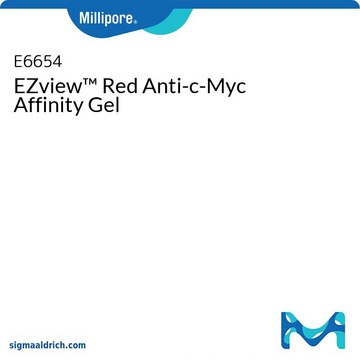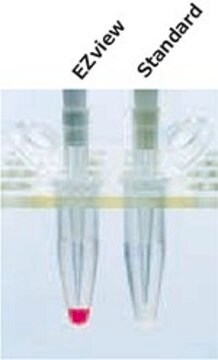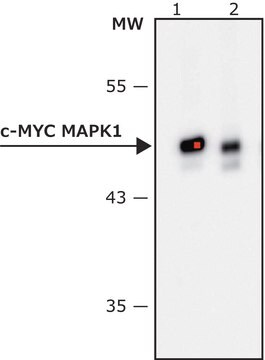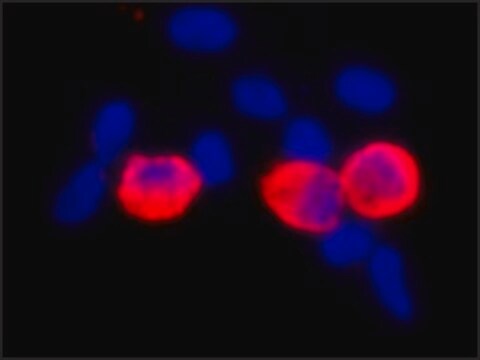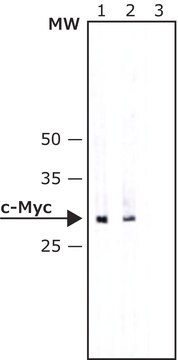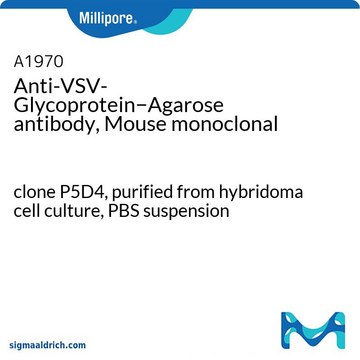A7470
Anti-c-Myc
affinity isolated antibody
Sinónimos:
Anti-c-Myc
About This Item
Productos recomendados
biological source
rabbit
Quality Level
conjugate
agarose conjugate
antibody form
affinity isolated antibody
antibody product type
primary antibodies
clone
polyclonal
species reactivity
human
analyte chemical class(es)
proteins (c-Myc)
technique(s)
affinity chromatography: suitable
immunoprecipitation (IP): suitable
capacity
≥10 nmol/mL binding capacity (c-Myc tagged fusion protein)
≥7 nmol/mL elution capacity (c-Myc tagged fusion protein)
UniProt accession no.
storage temp.
2-8°C
Gene Information
human ... MYC(4609)
¿Está buscando productos similares? Visita Guía de comparación de productos
General description
Specificity
Immunogen
Application
- chromatin immunoprecipitation (ChIP)
- co-immunoprecipitation
- western blotting
- immunofluorescence
- immunoprecipitation
Biochem/physiol Actions
Physical form
Storage and Stability
Disclaimer
¿No encuentra el producto adecuado?
Pruebe nuestro Herramienta de selección de productos.
Related product
Storage Class
11 - Combustible Solids
wgk_germany
WGK 1
flash_point_f
Not applicable
flash_point_c
Not applicable
Certificados de análisis (COA)
Busque Certificados de análisis (COA) introduciendo el número de lote del producto. Los números de lote se encuentran en la etiqueta del producto después de las palabras «Lot» o «Batch»
¿Ya tiene este producto?
Encuentre la documentación para los productos que ha comprado recientemente en la Biblioteca de documentos.
Los clientes también vieron
Nuestro equipo de científicos tiene experiencia en todas las áreas de investigación: Ciencias de la vida, Ciencia de los materiales, Síntesis química, Cromatografía, Analítica y muchas otras.
Póngase en contacto con el Servicio técnico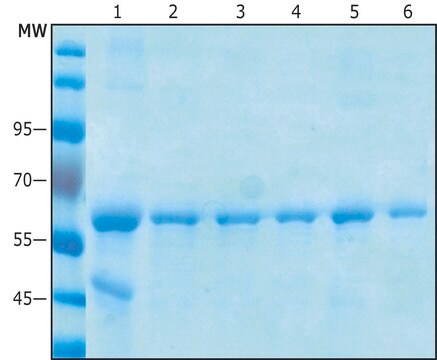

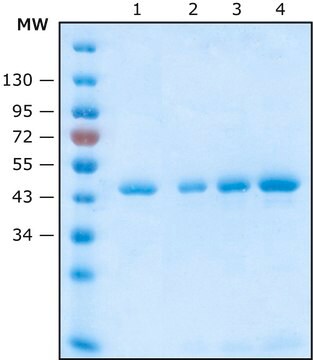



![[Asn670, Leu671]-Amyloid β/A4 Precursor Protein 770 Fragment 667-676 trifluoroacetate salt ≥95% (HPLC), solid](/deepweb/assets/sigmaaldrich/product/images/296/089/259ad19e-25e1-4604-9077-8d4dbea518b6/640/259ad19e-25e1-4604-9077-8d4dbea518b6.jpg)
